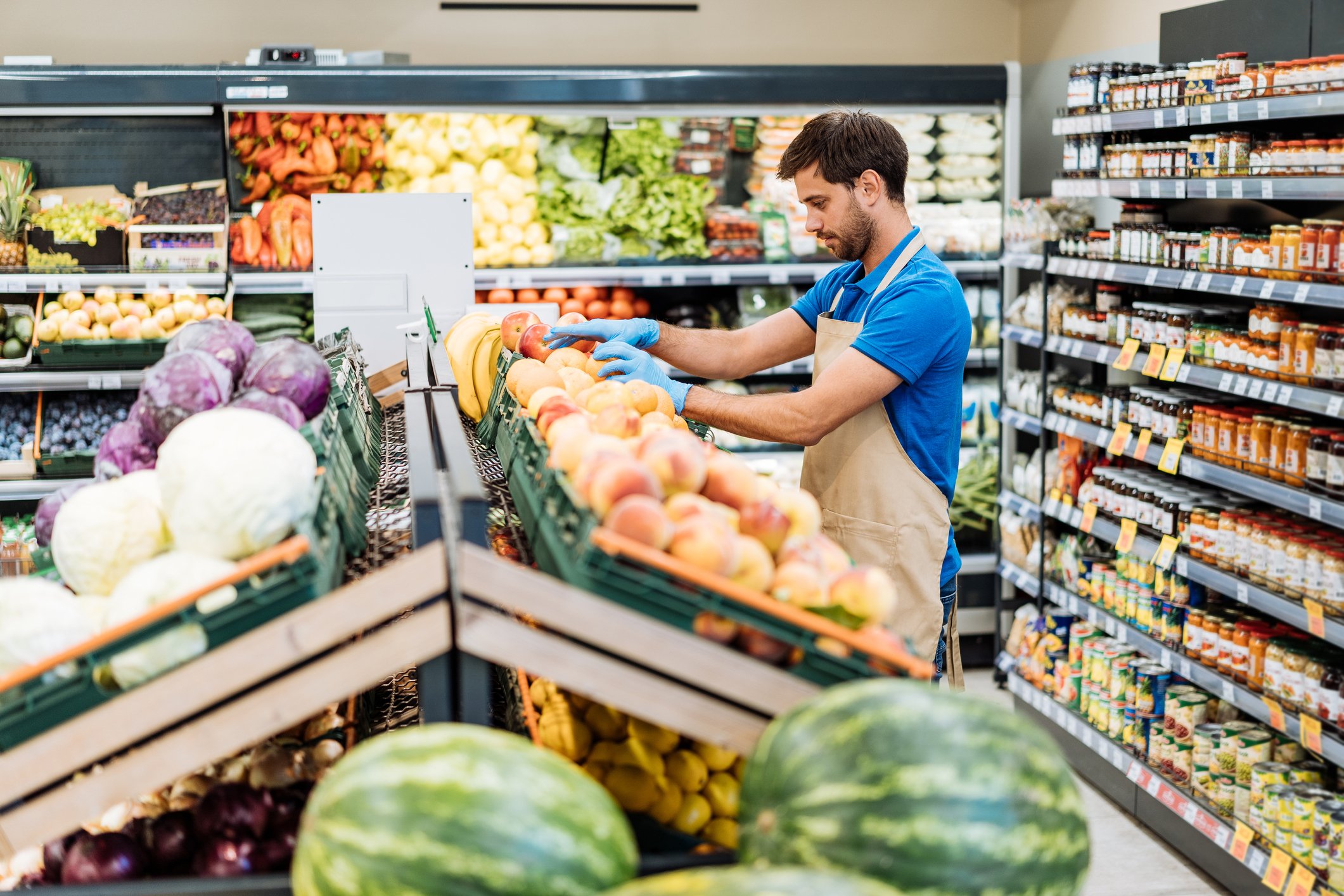There’s no question that the COVID-19 pandemic has caused major disruption in the retail industry. While some businesses have temporarily shuttered stores and furloughed employees, others have seen record sales and hiring sprees. These unprecedented times are forcing retailers to rethink their labor standards as they implement government mitigation requirements, take steps to protect employees and consumers, and respond to a surge in online shopping.
Kronos has been working closely with retail customers — many of whom have remained opened during the COVID-19 lockdown — to address today’s unique labor planning challenges. In this blog post I’ll be sharing some of the lessons they’re learning around labor standards and how you can apply them to your reopening strategy.
Start with a holistic view
As you start to rethink your labor standards, it’s helpful to conduct a gap analysis by comparing your pre- and post-COVID processes. Take stock of how you think your store is going to operate upon reopening and how that will impact labor activity and staffing. Consider what additional steps, such as changing personal protective equipment (PPE), your associates may have to take to complete a task. Ask yourself what new tasks or roles you might need to factor into labor forecasts. And think about areas of your operation that may be less relevant — at least during the initial stages of reopening.
In some states, for example, retailers can re-open, but at only 25% capacity to start. Based on these traffic limits, you’ll need to determine how long it will take (on average) to service each customer, so you can adjust the sales floor standard. You may want to let the forecast do its job, pull back on sales floor staff, and reallocate employees to other tasks, such as processing online returns. Alternatively, you may want to take a more static approach and schedule only two or three associates on the floor each shift while foot traffic is light.
Health and safety considerations
Essential retailers, such as grocers and big-box stores, have been taking measures to meet demand while enforcing social distancing and implementing rigorous cleaning and hygiene protocols. For example, on a typical pre-COVID day, a grocer might have three registers and four self-service checkouts open. Now, they may keep self-service checkout closed and use only every other register to encourage social distancing. This shift may require re-allocating labor from lower-priority tasks, like endcap movement, to help ensure safe and efficient customer service.
Retailers also need to think about adjusting labor standards to account for cleaning steps. At the register, for example, the average transaction may have taken four minutes to complete before the pandemic. Now it may take the cashier another minute at the end of each transaction to clean the keypad, belt, and bagging area. This represents a 20% increase in the time it takes to complete that task — a jump that will directly impact forecasting and scheduling.
Additional hygiene steps may also require labor standard adjustments. Consider employees who replenish a grocer’s produce section and may need to change their PPE more frequently throughout their shift. Requiring employees to walk to a back room, dispose of used gloves and masks, wash their hands, and put on new PPE could add another three minutes to each restocking task. On a related scheduling note, you may need to adjust shift start times to allow for more thorough hand washing and donning of required PPE before employees begin work.
The rise of BOPIS
Buy online and pick up in store (BOPIS) is a shopping concept that has been steadily growing in recent years. Even before COVID-19, nearly 70% of U.S. consumers used BOPIS for the speed, convenience, and shipping savings. Since the pandemic hit, however, BOPIS has dramatically increased. Many retailers are even offering curbside pickup to eliminate the need for consumers to enter the store altogether.
Some retailers may be offering BOPIS for the first time, while others may be dealing with a sharp increase in orders over pre-COVID levels. In either case, you need to be thinking about allocating labor to this function. Which employees are qualified to find and pick orders? What about restocking the floor? How long does it take to process the average BOPIS order? If you offer curbside pickup, you’ll need to allocate even more time for associates to retrieve customer orders and bring them to their vehicles. You can also expect to process more online item returns and exchanges – and you’ll need to adjust your labor standards accordingly.
Proceed with caution — and flexibility!
In the early days of reopening, I recommend erring on the side of caution. Your stores need to operate in a way that makes both employees and customers feel safe and cared for. To that end, allocate more time than you think is necessary to complete a given task. This approach is a win-win: Employees will be more engaged if they feel protected on the job and customers will remain loyal if they enjoy a clean, safe, and efficient shopping experience.
At the same time, be hyper-focused on capturing feedback about what’s working and what’s not. Whether you have a process in place for frontline managers to provide feedback or you let it bubble up through field leadership, it’s crucial to keep your ears open and be really flexible. The labor standards you put in place the first week may not work as planned, so be prepared with multiple backup plans so you can quickly pivot or adjust. Once you have a firmer operational footing and are better able to predict what’s going to happen, you can adjust your labor standards to drive more accurate forecasting and scheduling — and an even better customer experience.



